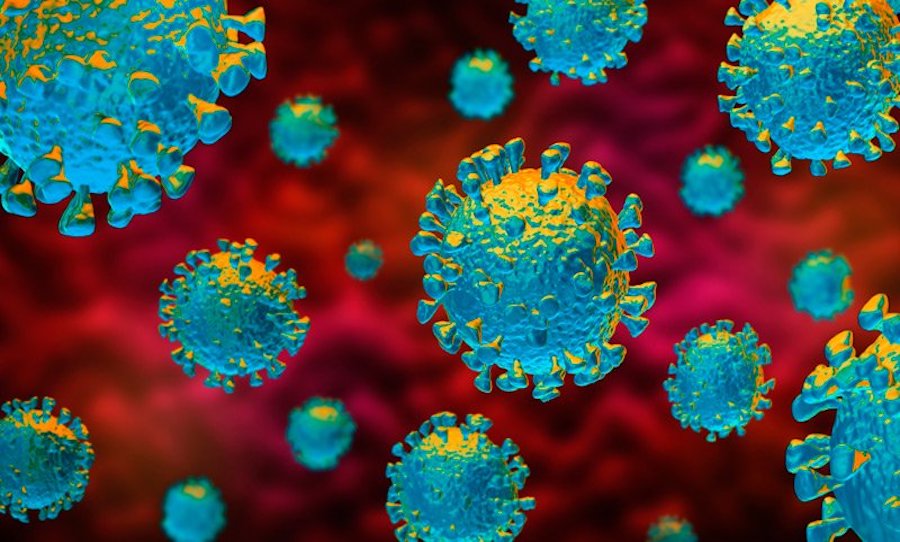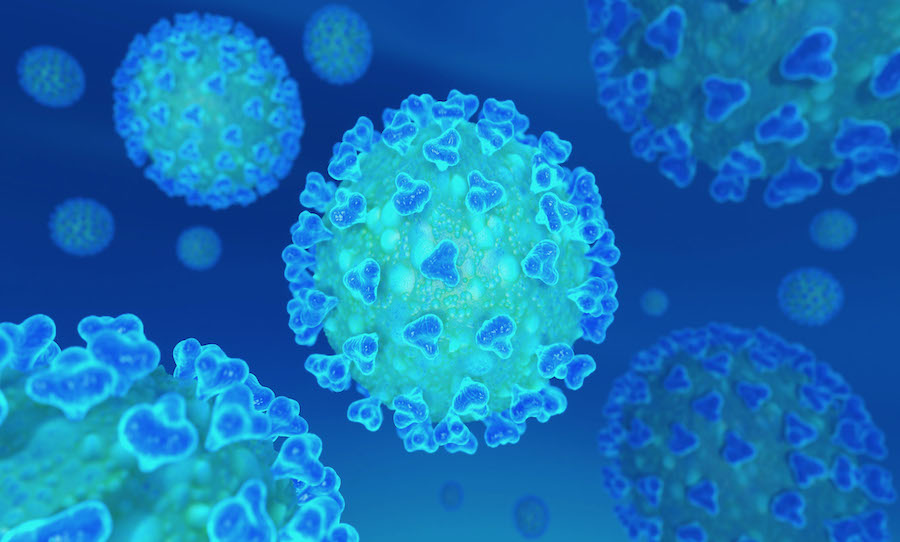In the latest frightening COVID-19 news, The World Health Organisation (WHO) has acknowledged that there is “evidence emerging” of the potential airborne spread of coronavirus.
While it was previously believed that the respiratory disease spreads mostly through small droplets expelled from the nose and mouth, it now appears that COVID-19 may spread through airborne and aerosol transmission.
The World Health Organisation is exploring the risk of both airborne transmission and aerosol transmission as one of the modes of spread of COVID-19.
WHO’s decision to further investigate the methods of the spread of COVID-19 comes after 239 scientists in 32 countries outlined evidence of the disease being airborne in the Clinical Infectious Diseases journal. In the article, it is suggested that the virus not only can be spread via the droplets expelled from the cough or sneeze of an infected individual but also can be spread through floating virus particles that linger in the air. With the emergence of new information, many scientists are now urging the organisation to update its guidance.
The WHO’s technical lead for infection prevention and control, Benedetta Allegranzi, acknowledged the evidence emerging of airborne transmission of COVID-19. However, she also stated that the evidence is not yet definitive.
“The possibility of airborne transmission in public settings – especially in very specific conditions, crowded, closed, poorly ventilated settings that have been described, cannot be ruled out. However, the evidence needs to be gathered and interpreted, and we continue to support this.”
WHO will continue in their assessment of the new risks of transmission. If an extreme risk is present, this could affect the organisation’s current advice on social distancing. Many governments rely on WHO for guidance policy, and they may soon also be making adjustments to their own public health measures in accordance with the new evidence.




